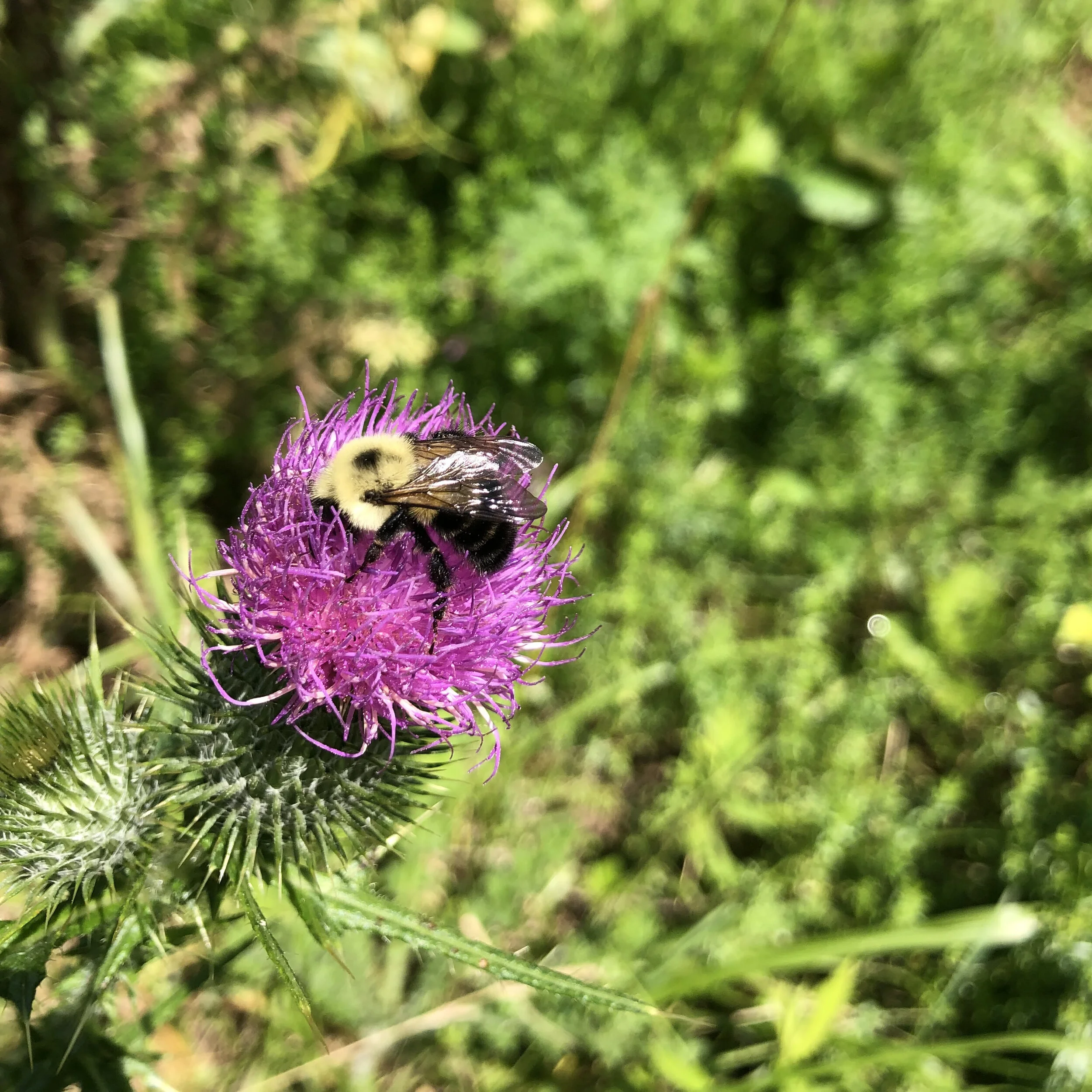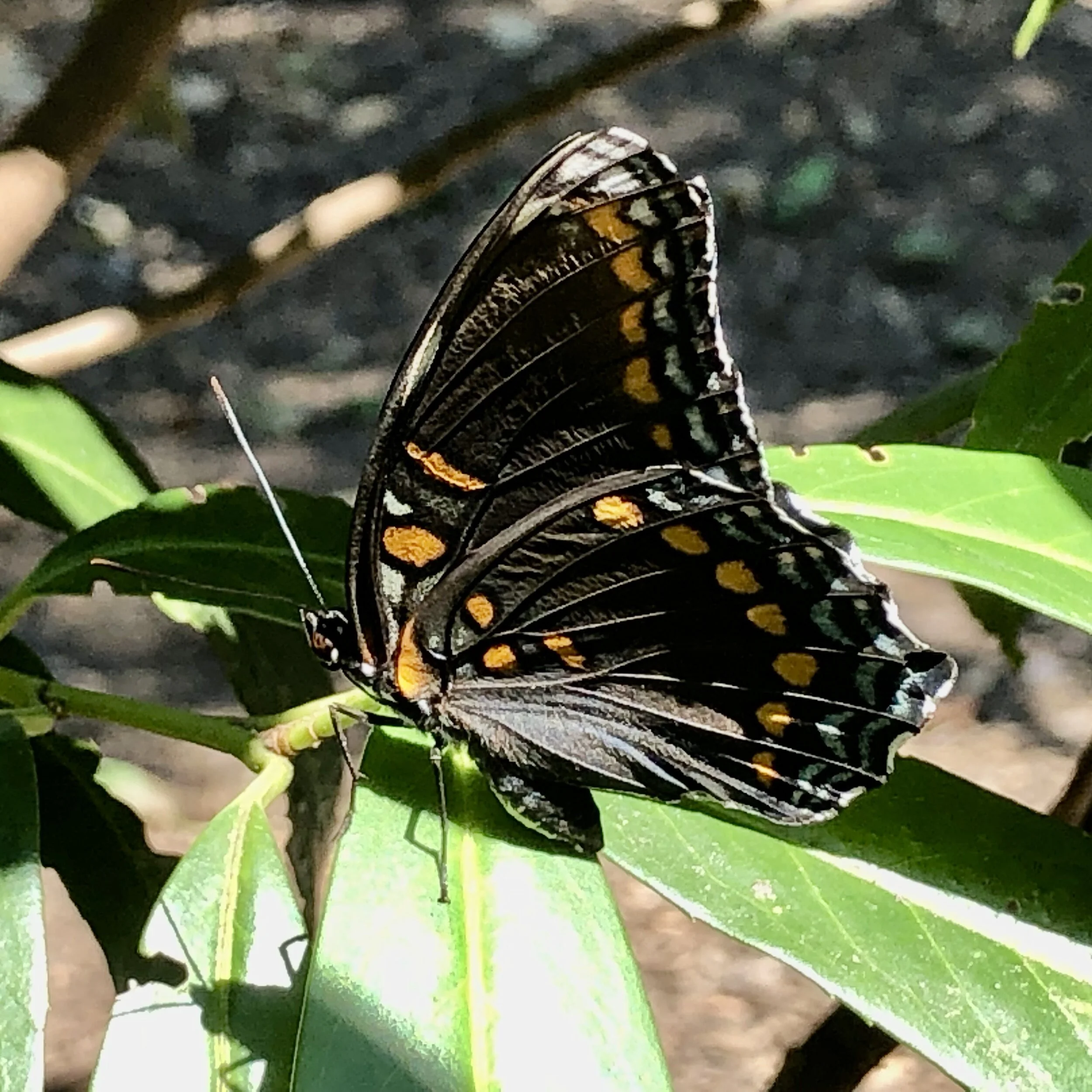Dutchman's Pipe Vine - A Butterfly Plant
It came in the mail from Hirt’s Gardens in Medina Ohio. It is a Dutchman’s Pipe Vine. I bought it because it is the host plant for the Pipevine Swallowtail, which is an unbelievably beautiful iridescent-blue butterfly. Being a host plant for such a beautiful butterfly, I definitely want in my garden. It is a fast growing vine that gets up to 35’ so I need to find a good spot for it.
Dutchman's Pipe
The flower does look pipe like… but the latin name, Aristolochia, is much more interesting; who ever named it thought the flower looked like the best (aristos) human fetus (locheia). I tend to agree with the latin name, at lease as it refers to the human body because you don’t see this flower and not feel a little weird, like you should turn away.
Butterfly Plant - Attracting Butterflies
To attract butterflies you need to provide a ‘host’ plant and a nectar source. The nectar source is easy, most native perennials will do, but especially Penstemon, Liatris, Monarda, Eupatorium and Asclepias. These will do as food source for most butterflies. But they get fussy about where they will lay their eggs.
The Pipevine Swallowtail will only lay her eggs on the underside of the Dutchman’s Pipe Vine leaves. Once hatched, the caterpillars feed on these leaves. They overwinter as a chrysalis and emerge in the spring.
The North American Butterfly Association’s website, www.naba.org, can help you out with host and nectar plants. Once you know the plants you need, plant lots. One or two won’t do. Plant masses. Especially for the host plant.
Next I am going to increase my Milkweed numbers and help out the Monarchs. They cannot survive without Milkweed. Butterfly Milkweed, Swamp Milkweed, and Common Milkweed. Its where they lay their eggs, and the caterpillars feed. And it is a nectar source for many other butterflies as well.
Supporting butterflies and other pollinators not only brings beauty to your garden, it supports their usefulness as pollinators for our food crops.
Do you have a Dutchman’s Pipe Vine in your garden? Is there anything you would like to add or questions you would like to ask? You can do so in the comments just below this post!
Read more about my new sustainable landscapes blog HERE.
Carolle
Keep up-to-date with my garden and projects on Instagram



















